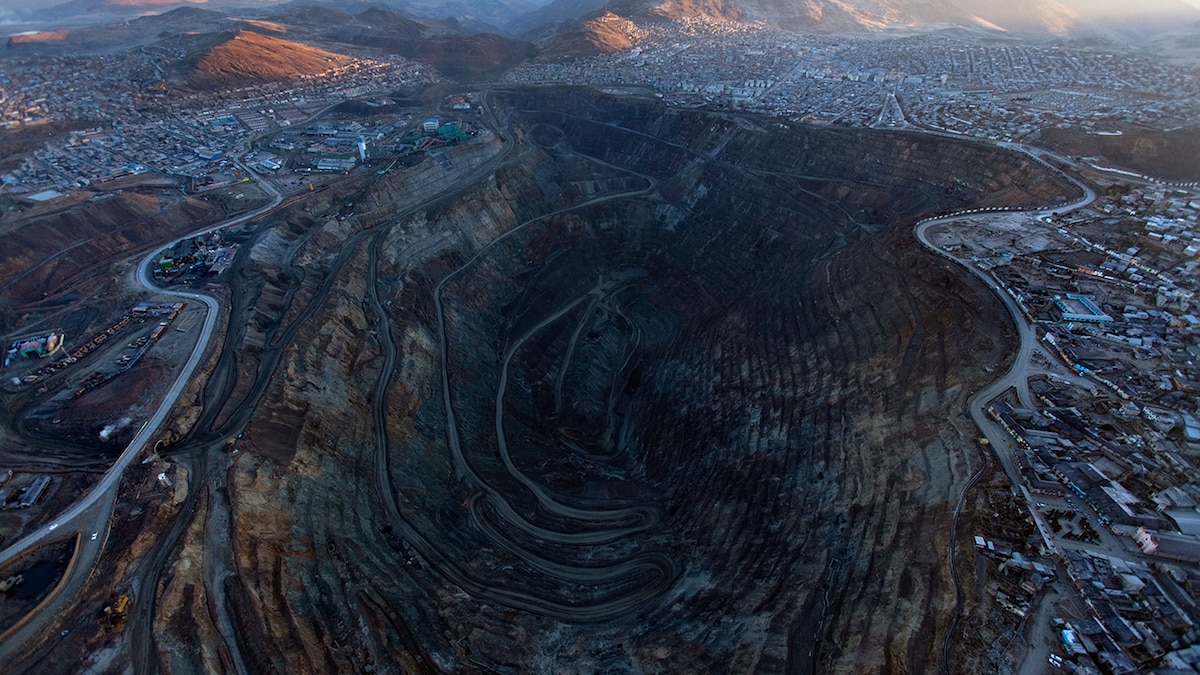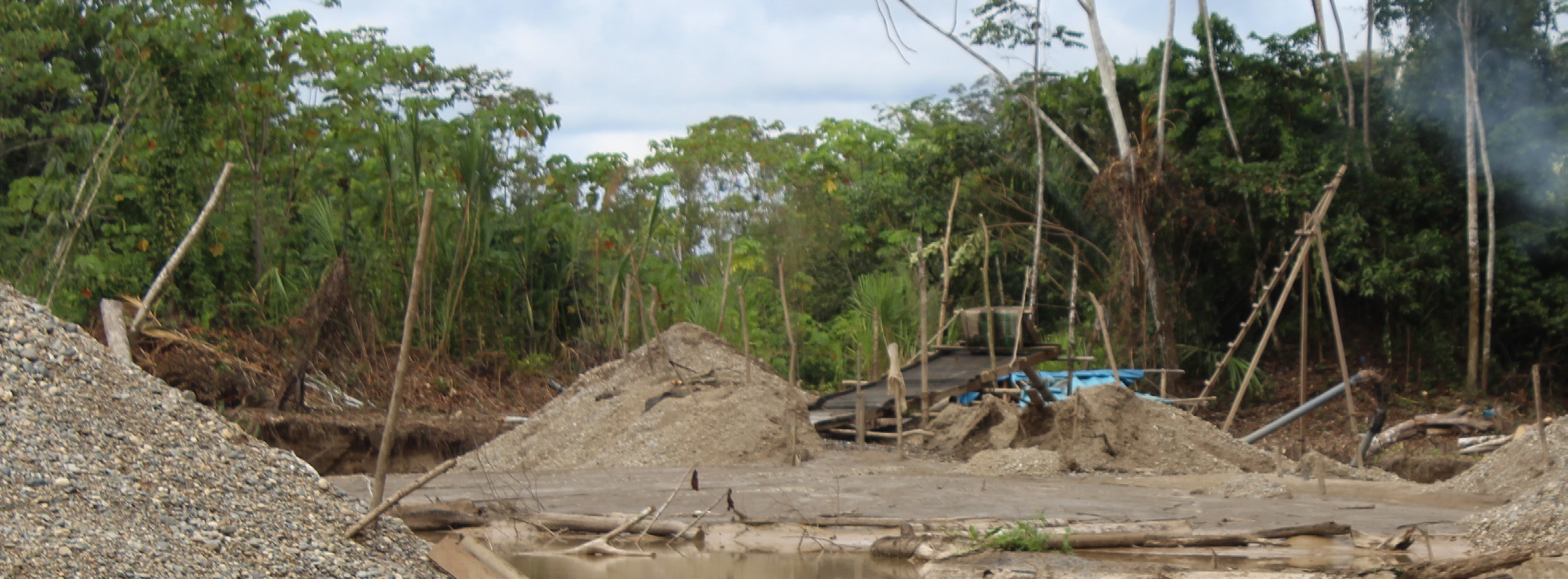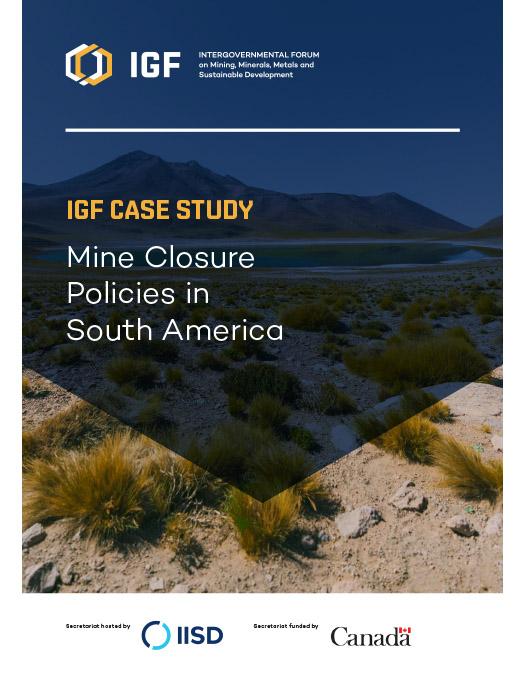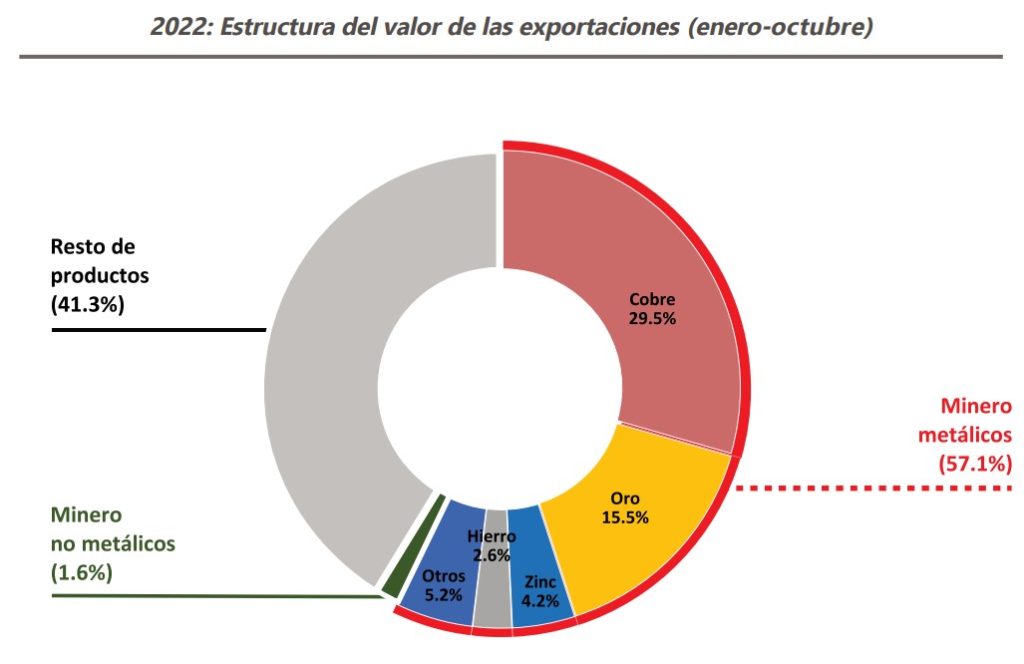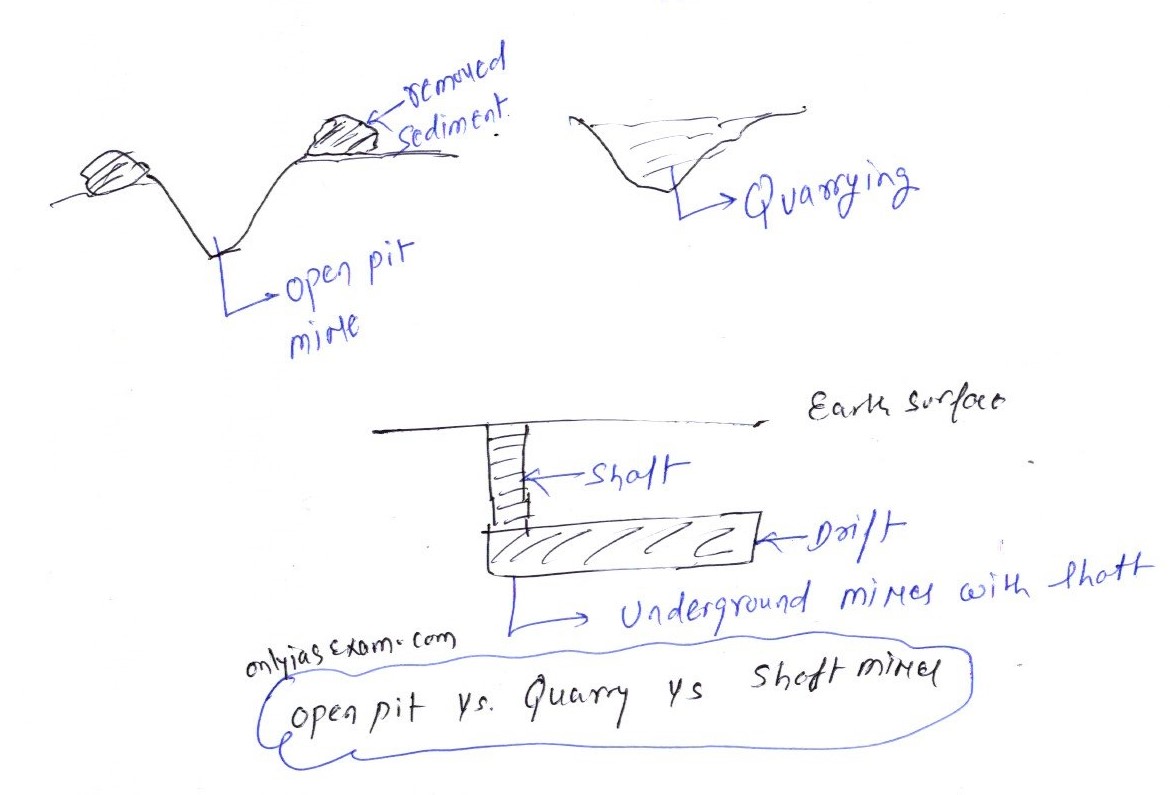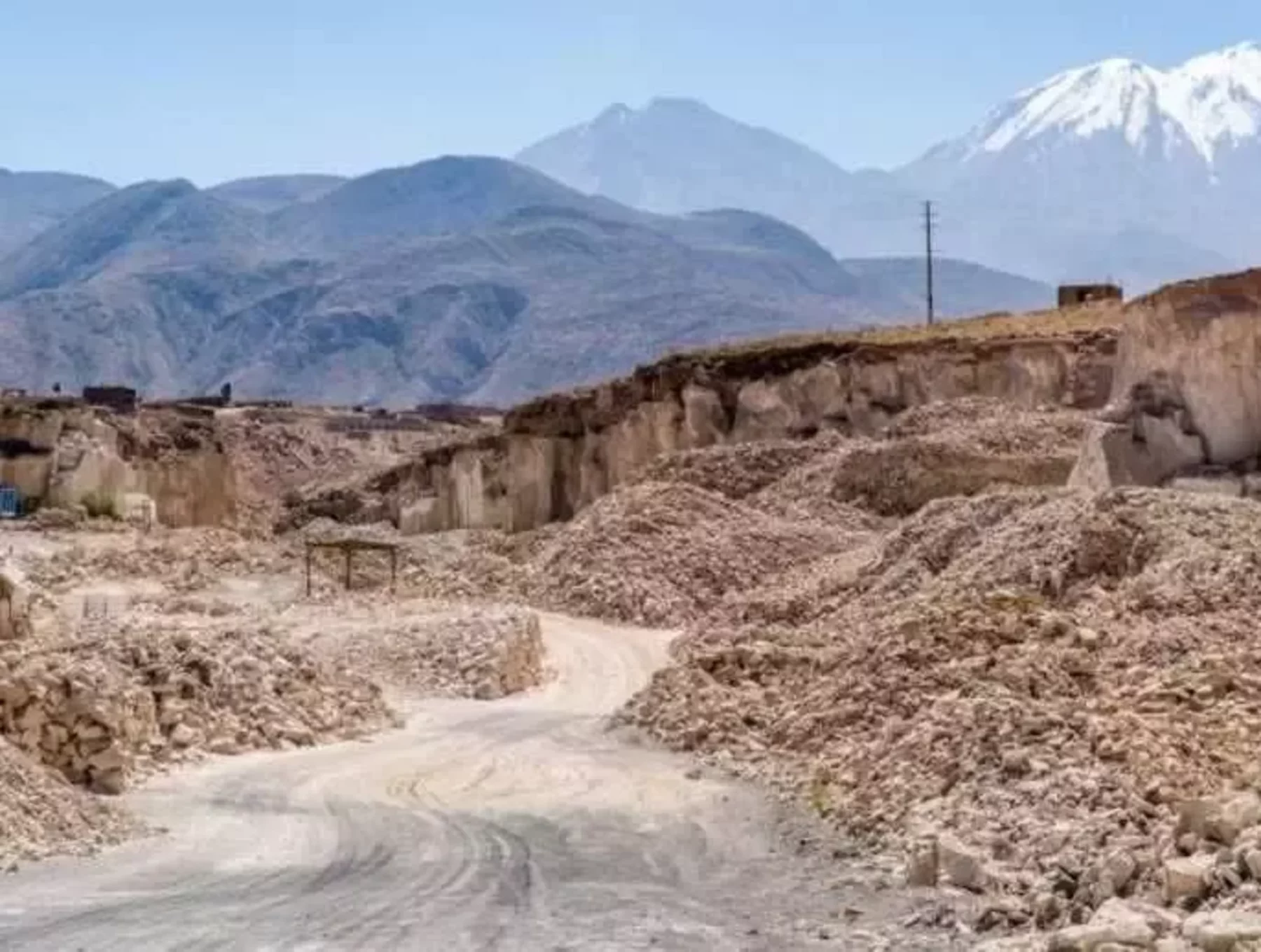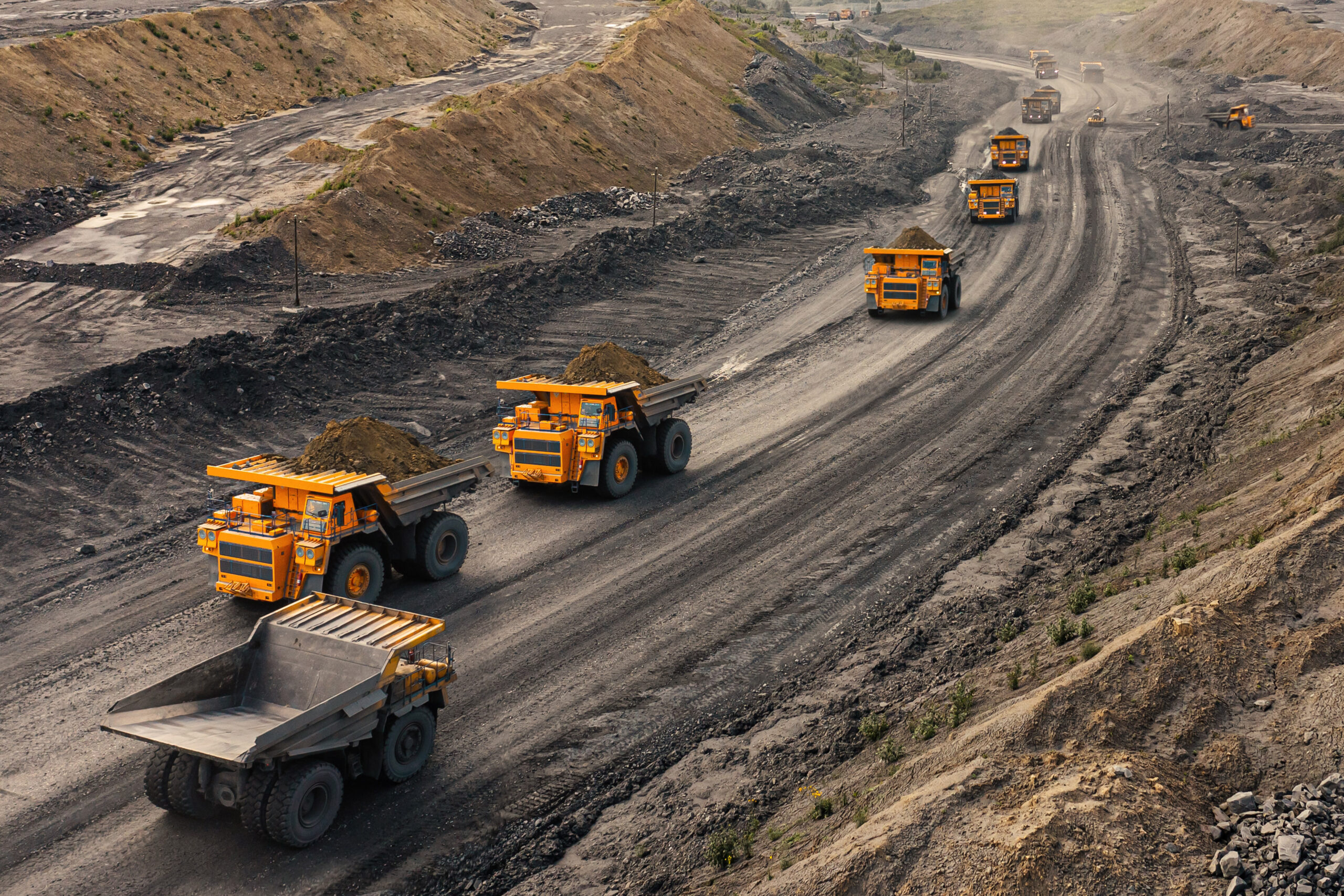Welcome to the fascinating world of mining law development in Peru! Can you explain the history of mining law development in Peru? Well, let’s dive right in and explore the journey it has taken.
Picture this: a beautiful country nestled in the heart of South America, known for its rich natural resources and breathtaking landscapes. Peru has a long and storied history when it comes to mining, dating back centuries.
Over time, the History Of Mining Law Development in Peru has undergone significant changes, driven by the need to regulate and manage the extraction of valuable minerals. The development of mining laws in Peru has been crucial in shaping the industry and balancing economic growth with environmental concerns.
So, grab your mining hat, and let’s embark on an exciting adventure through the history of mining law development in Peru!
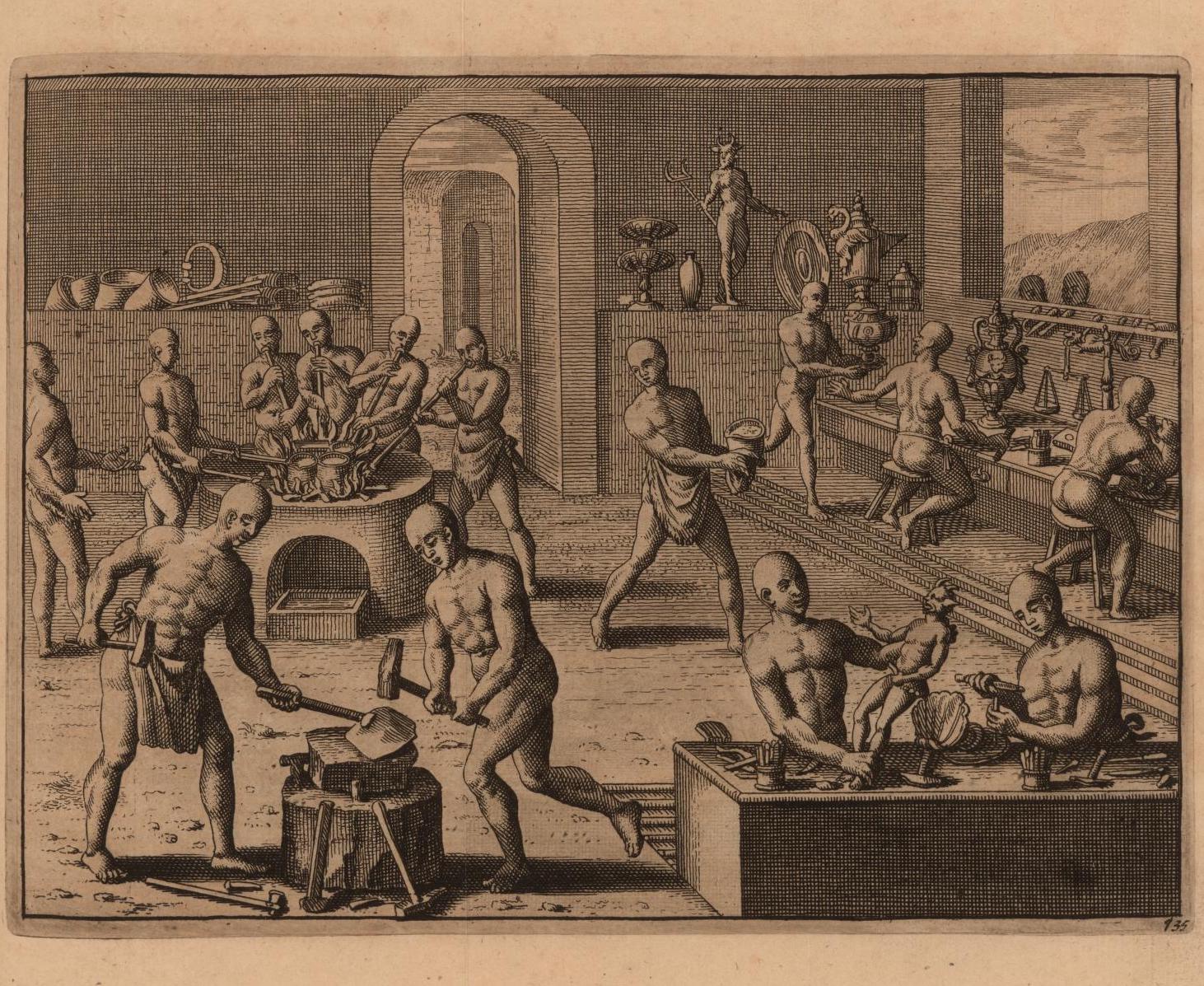
The History of Mining Law Development in Peru
History Of Mining Law Development has played a significant role in Peru’s history and economy for centuries. The development of mining laws in the country has been a complex and evolving process, shaped by various factors such as geopolitical events, economic needs, and social demands. In this article, we will explore the timeline of Peru’s mining law development and its impact on the industry and the nation as a whole.
The Colonial Era: Spanish Influence on Mining
Peru has a rich history of mining that dates back to the time of the Inca civilization. However, it was during the colonial era, under Spanish rule, that Peru’s mining industry saw significant development. The Spanish introduced a formal legal framework for mining, known as the “Ordinances of Mining,” in the 16th century. These ordinances established rules for the exploration, extraction, and ownership of mineral resources.
The Spanish Crown granted exclusive mining rights to individuals or companies, known as “mita.” This system allowed the Spanish to maintain control over mining activities and ensure a steady supply of mineral resources for their empire. However, this approach also led to the exploitation of indigenous labor and a lack of proper environmental regulations.
Over time, the influence of Spanish mining laws shaped the foundation of Peru’s modern mining legislation. Despite the injustices of the colonial era, the Spanish legacy laid the groundwork for future developments in mining law, which aimed to strike a balance between economic growth and the protection of environmental and social interests.
The Nationalization Era: Balancing Sovereignty and Investment
Following Peru’s independence from Spain in the early 19th century, the country embarked on a path towards developing its own mining laws. The nationalization era marked a shift towards greater sovereignty and control over mineral resources History Of Mining Law Development.
During this period, the Peruvian government gradually increased its intervention in the mining sector. In 1824, the country’s first mining law was enacted, proclaiming that all mines belonged to the state. However, this approach posed challenges in attracting foreign investment and advanced mining technologies, which were crucial for the modernization and expansion of the industry.
In the early 20th century, Peru introduced legal reforms to strike a balance between nationalization and foreign investment. The Peruvian government enacted new mining codes that allowed for concessions and partnerships with private companies. This approach aimed to encourage foreign investment while ensuring the state’s participation in mining activities and safeguarding the nation’s interests.
The Modern Era: Strengthening Environmental and Social Responsibility
In recent decades, Peru has faced the challenge of reconciling mining development with environmental protection and social well-being. The modern era of History Of Mining Law Development in Peru has focused on creating a more sustainable and responsible mining industry.
In the early 1990s, Peru underwent significant economic reforms and opened its mining sector to foreign investment. This liberalization led to an increase in mining activities but also raised concerns about the environmental and social impacts of mining operations.
In response, the Peruvian government implemented new mining laws and regulations that emphasized environmental protection, community consultation, and social responsibility. These measures included the establishment of environmental impact assessments, indigenous rights protection, and the redistribution of mining royalties to affected communities.
The Future of Mining Law in Peru: Meeting Sustainable Development Goals
As Peru looks towards the future, the development of mining law continues to be a dynamic and ongoing process. The country faces the challenge of balancing economic growth with environmental and social sustainability, in line with international standards and sustainable development goals.
The Peruvian government has been proactive in addressing these challenges by strengthening regulations, promoting corporate social responsibility, and engaging in dialogue with stakeholders. However, there is still work to be done to ensure that mining activities History Of Mining Law Development in Peru are conducted in a manner that respects the environment, protects local communities, and contributes to the country’s long-term development.
Key Takeaways: Exploring the History of Mining Law Development in Peru
- Mining laws in Peru have evolved over centuries to regulate and promote the country’s rich mineral resources.
- The Spanish colonial period marked the beginning of the formal History Of Mining Law Development in Peru, aimed at controlling mineral extraction and taxation.
- During the 20th century, Peru experienced multiple legal reforms and amendments targeting the modernization and promotion of the mining sector.
- In the early 1990s, Peru implemented pro-investment policies that encouraged both national and foreign companies to engage in mining activities.
- Today, the History Of Mining Law Development in Peru focuses on sustainable practices, environmental protection, and ensuring the participation of local communities in decision-making processes.
Frequently Asked Questions
In Peru, the development of mining law has a rich history that has shaped the country’s approach to mining activities. Here are five common questions and answers about the history of History Of Mining Law Development in Peru:
1. How did mining law development in Peru begin?
The History Of Mining Law Development in Peru can be traced back to the colonial era when the Spanish introduced formal legal frameworks to govern mining activities. These laws aimed to regulate the extraction of valuable minerals and protect the interests of the Spanish Crown. Over the years, Peru embraced mining as a significant economic activity, leading to the establishment of mining codes and regulations.
During the 19th and 20th centuries, Peru continued to refine its mining laws as the industry expanded. These developments included the establishment of mining concessions and the promotion of private investment in the sector.
2. Were there any significant changes in mining law during the 20th century?
Yes, there were notable changes in mining law during the 20th century. One significant development was the enactment of the Mining Code of 1901, which brought a more comprehensive legal framework to regulate mining activities in Peru. It introduced provisions related to the acquisition and administration of mining concessions, as well as rules regarding the payment of taxes and royalties.
In the second half of the 20th century, Peru underwent political and economic changes that impacted the mining sector. The nationalization of mining resources in the 1970s led to the creation of the state-owned company, Centromin, which played a central role in mining operations. However, in subsequent years, the country shifted towards a more market-oriented approach, leading to the privatization of mining assets and the promotion of foreign investment.
3. How did environmental concerns shape mining law development in Peru?
Environmental concerns have played a crucial role in shaping mining law in Peru. With the increasing recognition of the environmental impact of mining, the country has implemented laws and regulations to ensure responsible mining practices. In 1992, Peru introduced the General Mining Environmental Law, which established guidelines for environmental impact assessments, waste management, and mine closure procedures.
Moreover, Peru has ratified international agreements, such as the Minamata Convention on Mercury and the United Nations Framework Convention on Climate Change, which have influenced the country’s mining legislation. These measures aim to mitigate the environmental impact of mining activities and promote sustainable development in the sector.
4. How has community participation influenced mining law development in Peru?
Community participation has become increasingly important in mining law development in Peru. Recognizing the rights of indigenous communities, Peru has implemented laws that require consultation and consent from affected communities in mining projects. These legal provisions aim to ensure that local communities have a say in decisions that may impact their lands, resources, and livelihoods.
The involvement of communities in the decision-making process has led to the development of community development agreements, which establish mechanisms for revenue sharing, infrastructure development, and social programs. These agreements seek to foster positive relationships between mining companies and local communities, promoting sustainable and inclusive development.
5. What are the current challenges in mining law development in Peru?
Despite the progress in mining law development, Peru faces various challenges. One significant challenge is striking a balance between promoting economic growth through mining while safeguarding the environment and the rights of local communities. This requires continuous efforts to strengthen regulations and enforcement mechanisms to ensure responsible mining practices.
Additionally, ensuring transparency and reducing corruption in the mining sector remains a challenge. Peru has taken steps to address these issues by enacting laws that promote transparency, such as the Disclosure of Payments Made by Extractive Industries Law. Continued efforts are crucial to ensure accountability and fair distribution of benefits from mining activities in Peru.
Why does CASTILLO want to NATIONALIZE MINING in PERU? – VisualPolitik EN
Summary
So, let’s recap what we’ve learned about mining law development in Peru. Over the years, Peru has faced challenges in managing its mineral resources and protecting the environment. The country has made efforts to develop laws that balance mining activities with sustainable practices. This includes creating rules to ensure the fair distribution of benefits from mining and implementing measures to safeguard the rights of indigenous communities. Although progress has been made, there are still ongoing debates and conflicts surrounding mining in Peru. It’s important for the government and stakeholders to continue working together to find a balance that promotes both economic growth and environmental responsibility.

